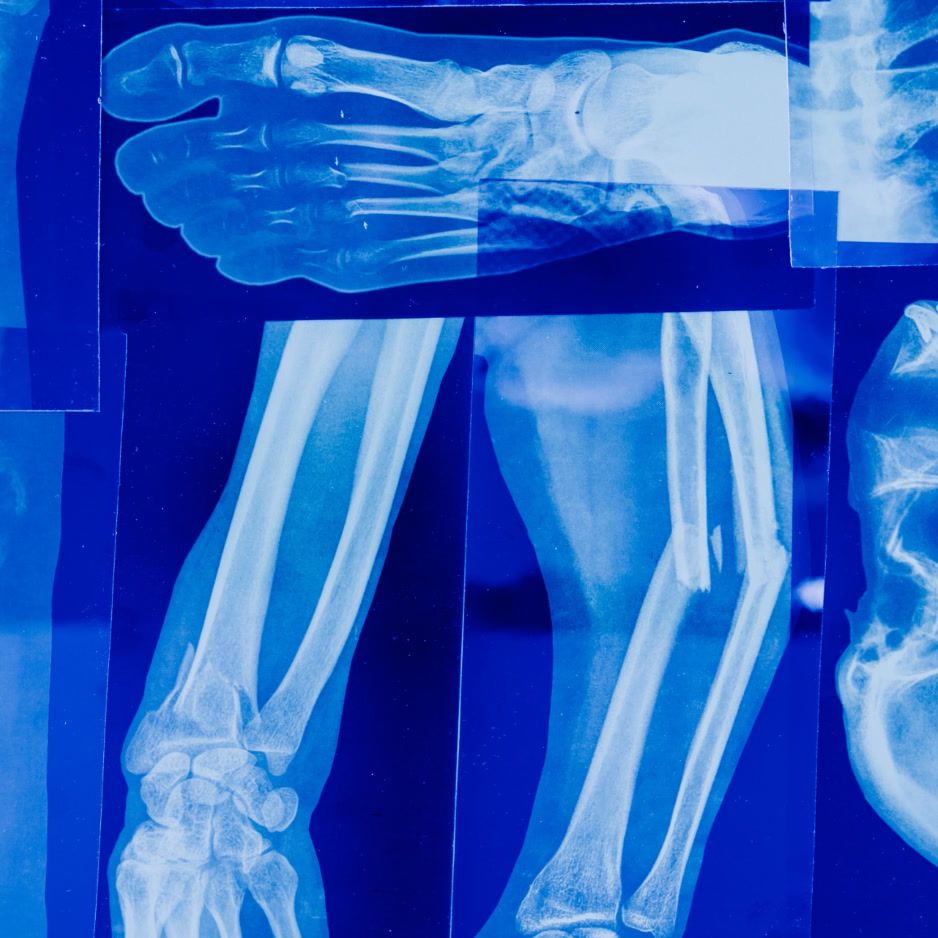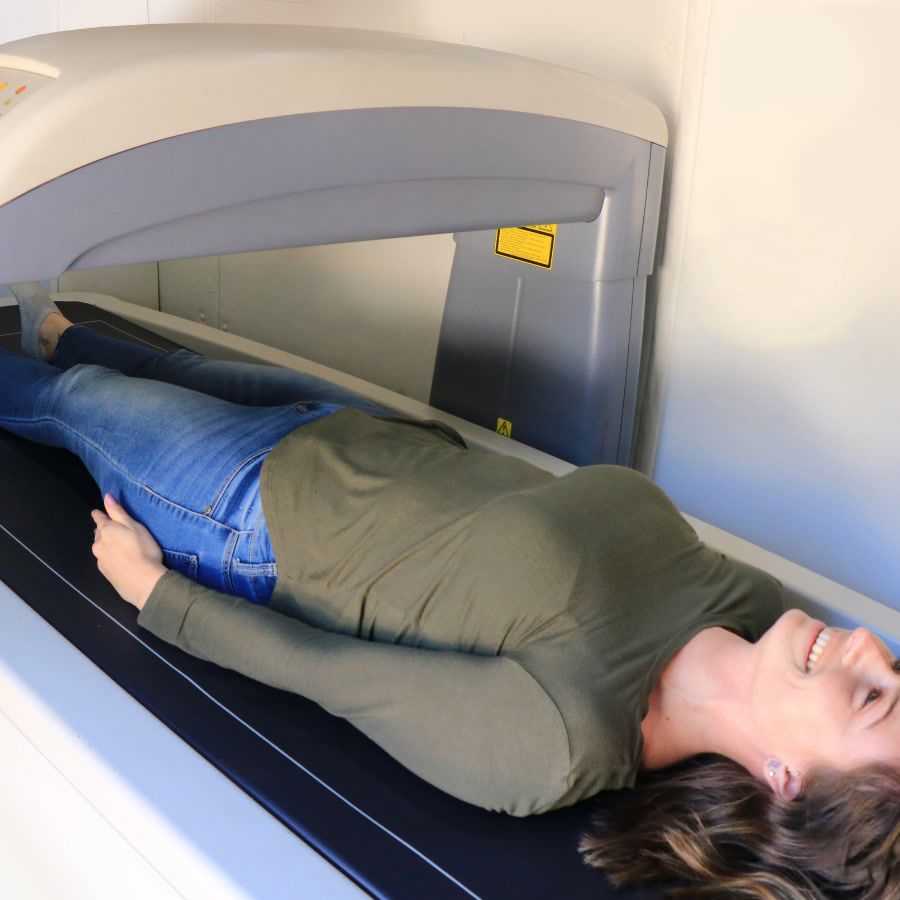Does Metamucil Help You Lose Weight? A Comprehensive Guide
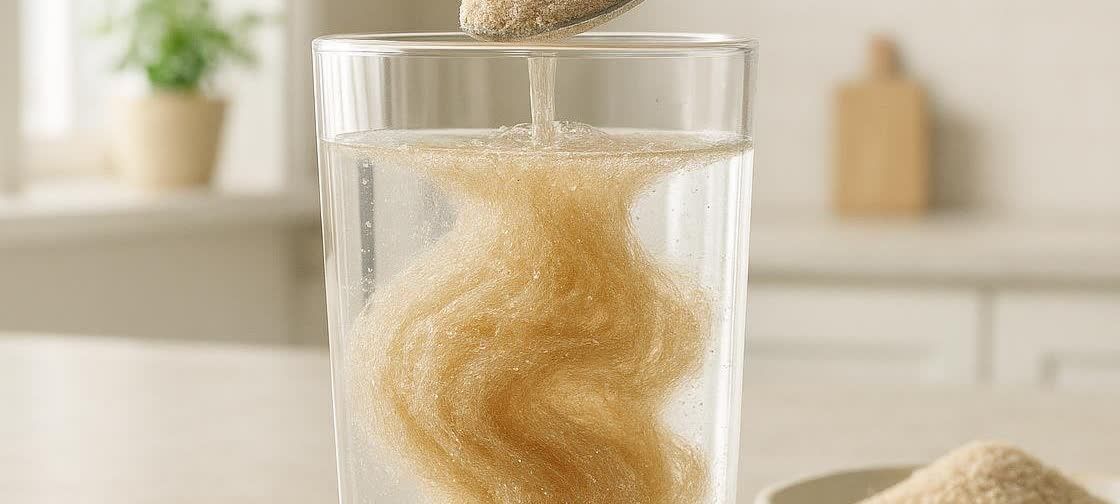
Metamucil for Weight Loss: A Science-Based Guide
Updated October 2025
If you’re curious whether Metamucil can help you lose weight, here’s the short answer: psyllium fiber (the active ingredient in Metamucil) can modestly support weight loss by helping you feel fuller and steadying post-meal blood sugar—but it’s not a fat burner. In clinical trials, people taking psyllium before meals lost about 2.1 kg (≈4.6 lb) over roughly five months on average compared with placebo, when combined with a stable diet (2023 meta-analysis of RCTs).
This guide translates the research into a practical plan—dosage, timing, safety, product formats—and shows how to pair fiber with simple habits you can actually keep.
Quick Takeaways
- Psyllium helps by increasing fullness and slowing digestion, which can reduce calorie intake over time—not by “boosting metabolism.” Brand guidance also notes Metamucil powders can help you feel less hungry between meals (Metamucil Two‑Week Challenge).
- Expect modest, steady changes: the best evidence shows about 2.1 kg (≈4.6 lb) additional weight loss over ~4.8 months with ~10–11 g/day taken before meals (meta-analysis).
- Safety first: Always mix with enough water, start low and go slow, and separate psyllium from oral meds (generally by a couple of hours) to avoid absorption issues, as outlined by GoodRx and the Metamucil capsules label.
- For sustainable results, prioritize total daily fiber from foods and use psyllium to “fill the gap.” Learn to set the right target in our guide on how much fiber you need per day to lose weight.
How Metamucil supports weight loss
Psyllium is a gel‑forming, non‑fermenting soluble fiber. When mixed with water and taken before meals, it expands in the stomach and small intestine to:
- Increase fullness and slow gastric emptying, naturally reducing portion sizes and snacking (Metamucil Two‑Week Challenge).
- Slow carbohydrate absorption and blunt glucose spikes, which can reduce rebound hunger, as Healthline explains.
- It may also improve fasting insulin and insulin resistance over time, an effect noted in trials within the 2023 meta-analysis.
Evidence snapshot: Across six randomized controlled trials with 354 participants, doses averaging ~10.8 g/day in divided servings before meals produced significant reductions in body weight (−2.1 kg), BMI (−0.8 kg/m²), and waist circumference (−2.2 cm) over ~4.8 months, with consistent results across studies (meta-analysis).
How much weight can you realistically expect to lose?
Short answer: a little, steadily. The best estimate is ~1 lb per month on average from psyllium alone when used correctly (before meals, in adequate doses) (meta-analysis). Real‑world outcomes vary with your overall diet, activity, sleep, and consistency.
- You may notice appetite and regularity effects within 1–2 weeks (as many users do during the brand’s two‑week onboarding) (Metamucil Two‑Week Challenge).
- Body‑weight and waist changes accrue gradually over months.
Effective dosage and timing
- Evidence‑based range: ~10–11 g psyllium per day, split into 2–3 doses.
- Timing: Take 20–30 minutes before meals for appetite control.
- How to mix: Add the powder to a glass first, then cool water; stir and drink right away as it thickens quickly; follow with another glass of water (Two‑Week Challenge tips).
- New to psyllium? Start with one small serving daily for a week, then add a second serving if tolerated to reduce gas/bloating, as described by GoodRx.
For capsule users:
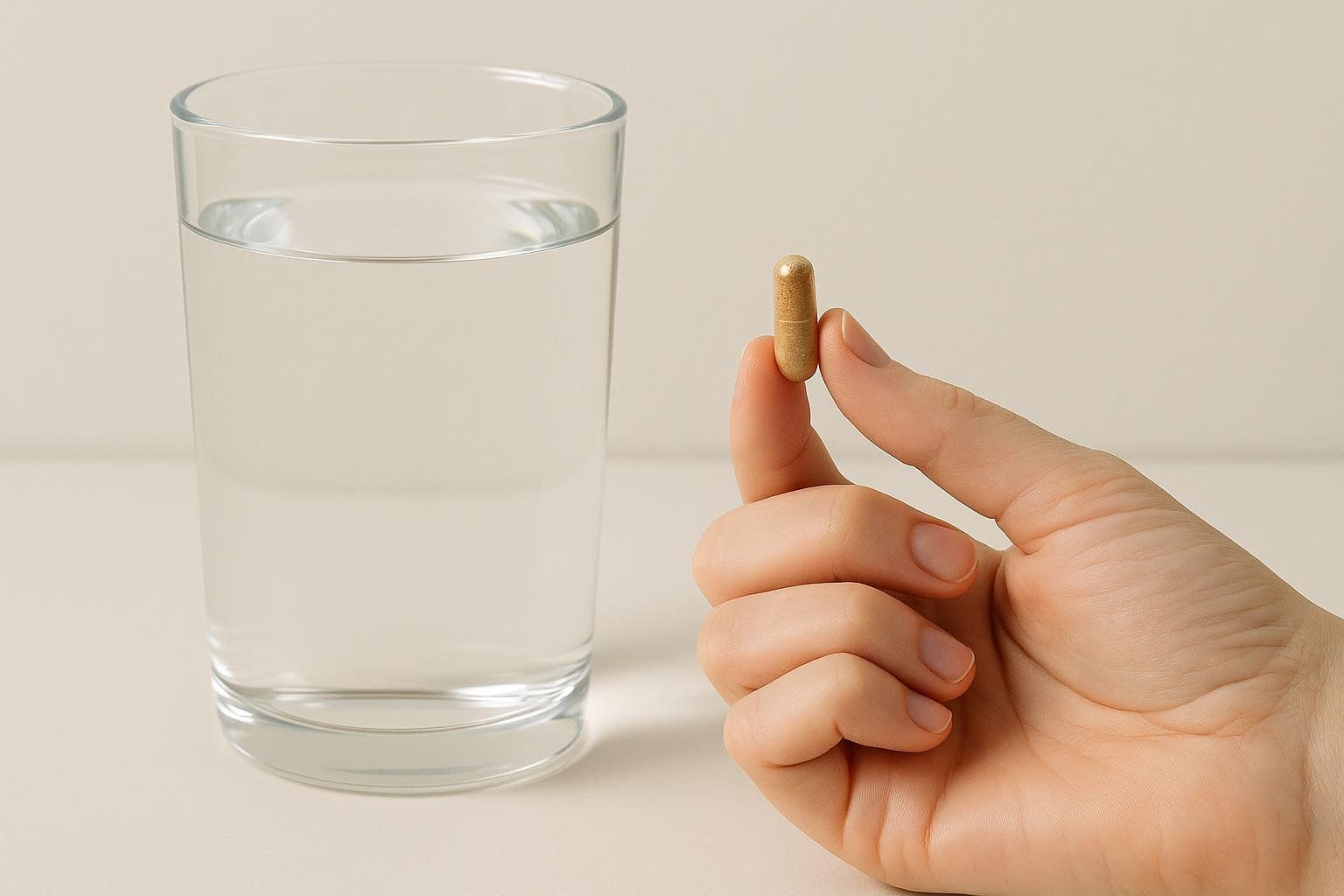
- Regularity: 2–5 capsules up to 4×/day (follow your label).
- Heart health/blood sugar: Many labels suggest 5 capsules up to 4×/day.
- Technique: Swallow one capsule at a time while upright with at least 8 oz water.
- Goal setting: Check your product’s nutrition facts and total doses to approach ~10 g/day if targeting satiety support (Metamucil capsules label).
Powder vs. capsules (which one’s better?)
| Form | Pros | Trade‑offs | Best for |
|---|---|---|---|
| Powders | Easiest to hit research‑level doses; can mix into water or smoothies; some sugar‑free options | Mixing required; flavored versions may add sweeteners | At‑home use; targeting ~10 g/day for satiety |
| Capsules | Portable; no taste | Many capsules needed to match powder dose; must take with plenty of water and upright | Travel; convenience‑focused routines |
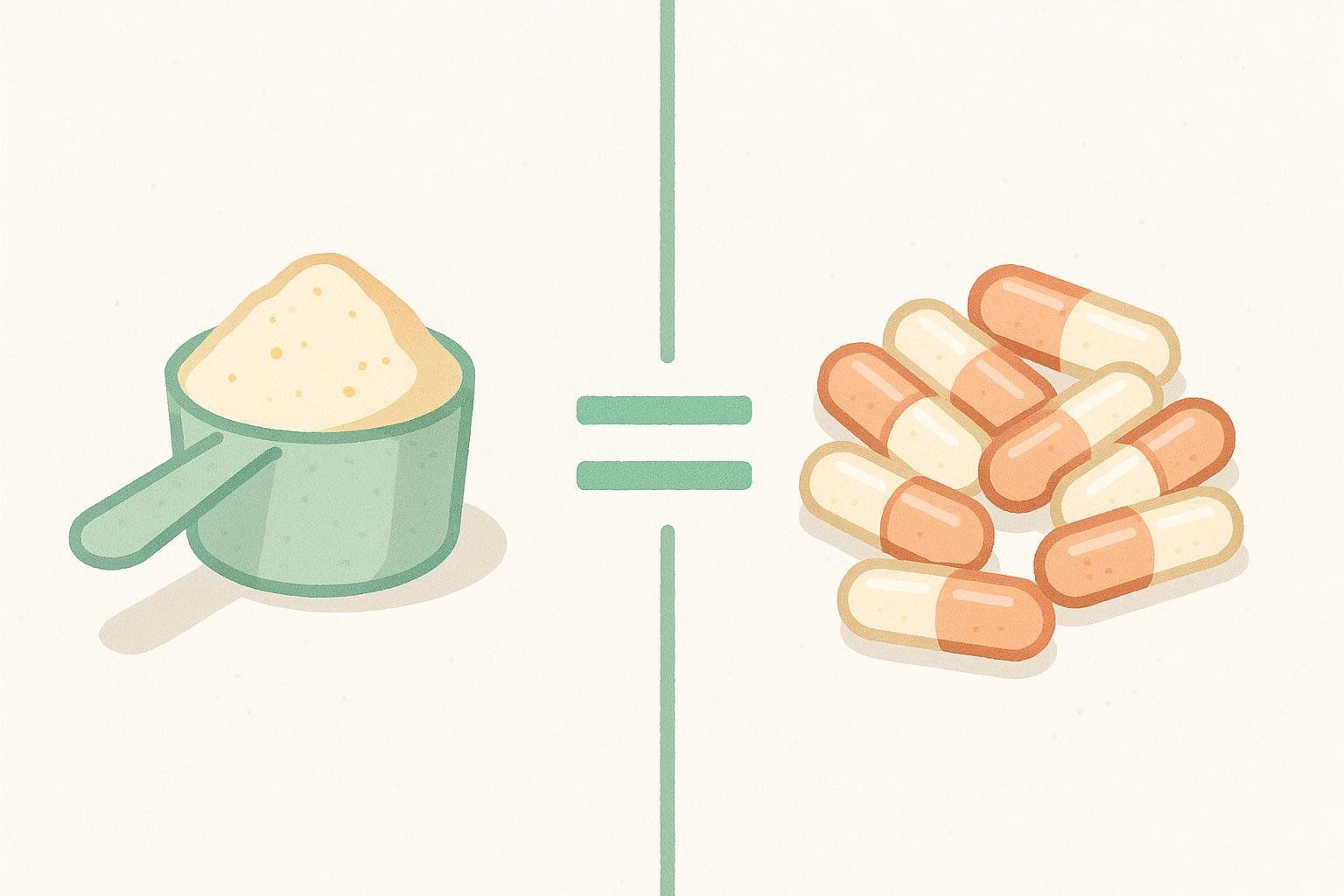
Tip: If appetite control is your main goal, powders taken before meals are usually the most practical way to reach effective daily psyllium totals (supported by the dosing used in trials: meta-analysis).
Safety, side effects, and medication timing
Common, usually mild effects include gas, bloating, and abdominal cramping—often from ramping up too fast or not drinking enough water. Start low, increase gradually, and hydrate well, as detailed by GoodRx.
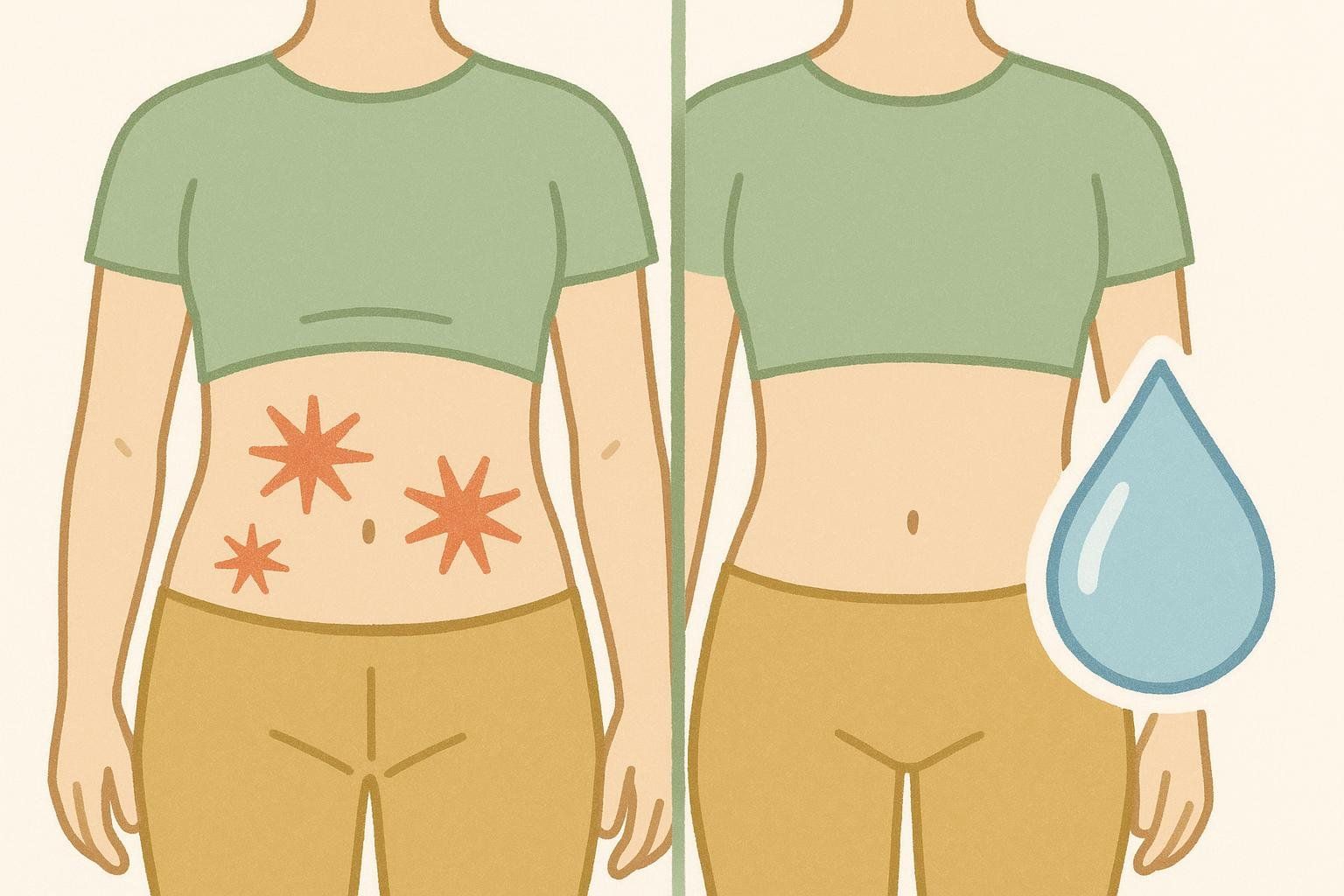
Important precautions:
- Always mix with sufficient liquid; taking psyllium without enough water can cause choking or bowel obstruction (Metamucil capsules label).
- Separate from oral medications to avoid absorption interference (a 2‑hour buffer before/after is commonly advised on labels; confirm with your clinician and product instructions), per GoodRx and the Metamucil capsules label.
- Avoid if you have swallowing difficulties; remain upright when taking capsules; read all product warnings (Metamucil capsules label).
- Stop and seek care for rectal bleeding, severe pain, vomiting, or constipation >7 days (GoodRx).
If you are managing conditions like diabetes or high cholesterol, consult your healthcare provider before adding psyllium, as it can impact blood sugar and medication absorption. As Healthline notes, supplements are meant to complement—not replace—a prescribed care plan.
Build your personal plan (3 steps)
- Set your daily fiber target from all sources.
- A simple rule is ~14 g fiber per 1,000 calories (and ~25–34 g/day works for most adults). Learn to set the right target in our guide on how much fiber you need per day to lose weight.
- Fill your “fiber gap” with foods first; add psyllium to bridge the gap.
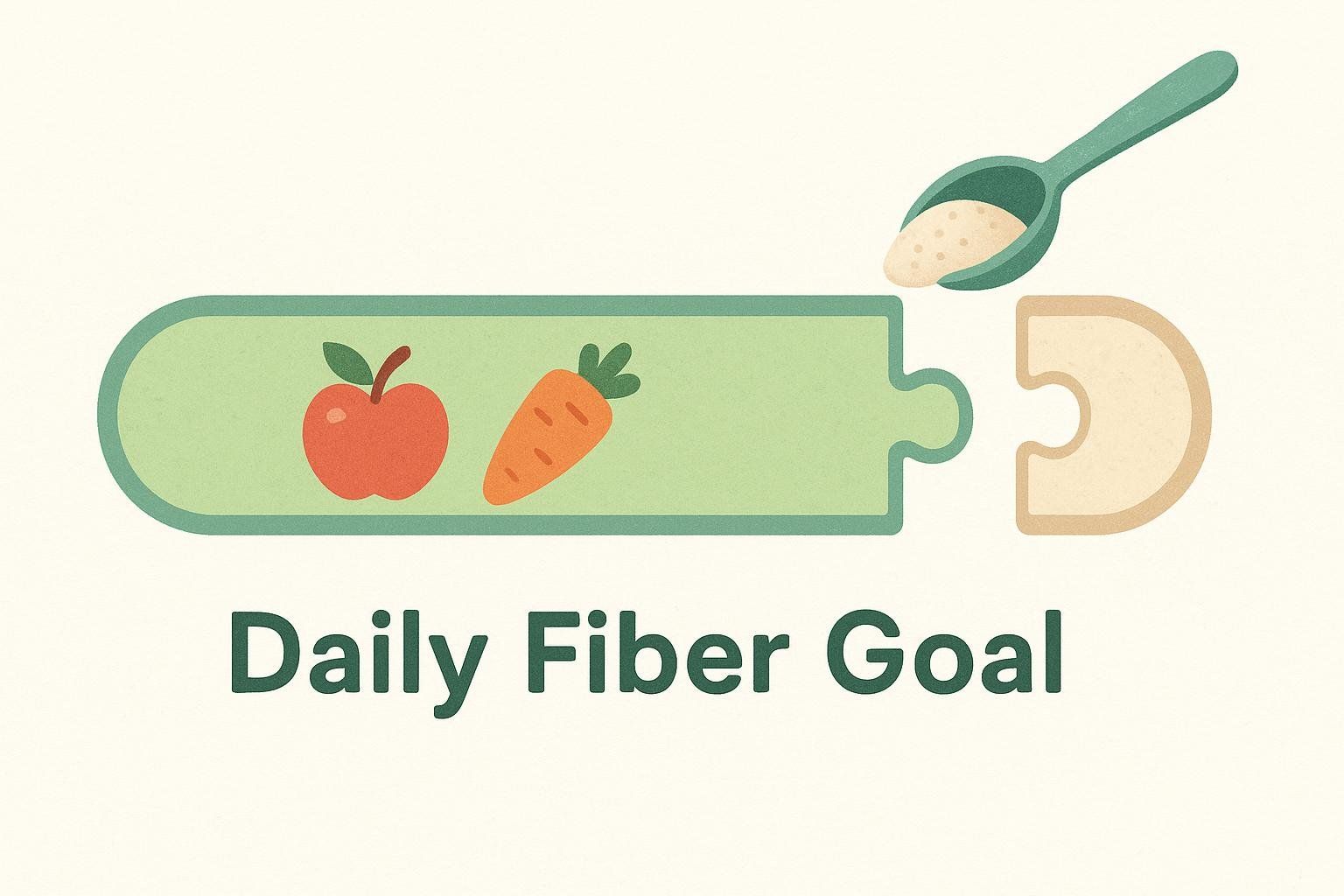
- Start with one pre‑meal serving for a week; add a second (or third) if well tolerated. For timing strategies that reduce cravings, see our guide to the best time to take fiber supplements.
- Layer simple habits that complement psyllium’s effects.

- A 5–10 minute post‑meal walk helps blunt glucose spikes and steadies energy, supporting balanced food choices the rest of the day; a 2023 review in Sports Medicine suggests exercising as soon as possible after a meal yields the greatest benefit. For practical routines, our guide on walking after eating can help.
- If cravings stem from insulin resistance, address the root cause with diet and training—our Insulin Resistance & Weight Loss Guide provides a 4‑week blueprint.
Track what really changes (not just scale weight)
Scale weight mixes fat, water, and muscle. To see if your plan is working the way you want it to, use periodic DEXA scans to quantify fat loss (especially visceral fat) and lean‑mass retention. Learn more in: The DEXA Scan: Body Fat, Muscle, and Bone Density Testing.
If you’re ready to dial in your plan, book a scan and track the changes that matter most to your health and performance.

